Exploring the Pros and Cons of Wood Plastic Composite Boards in Interior Crafting
In recent years, wood plastic composite (WPC) boards have gained significant popularity in interior crafting due to their unique features and benefits. These innovative materials combine the strength and aesthetic appeal of wood with the durability and low maintenance of plastic. WPC boards are extensively used in various interior crafting applications, including flooring, furniture, and wall paneling. However, like any other material, WPC boards come with their own set of advantages and disadvantages. This article aims to provide an in-depth analysis of the pros and cons of wood plastic composite boards in interior crafting.
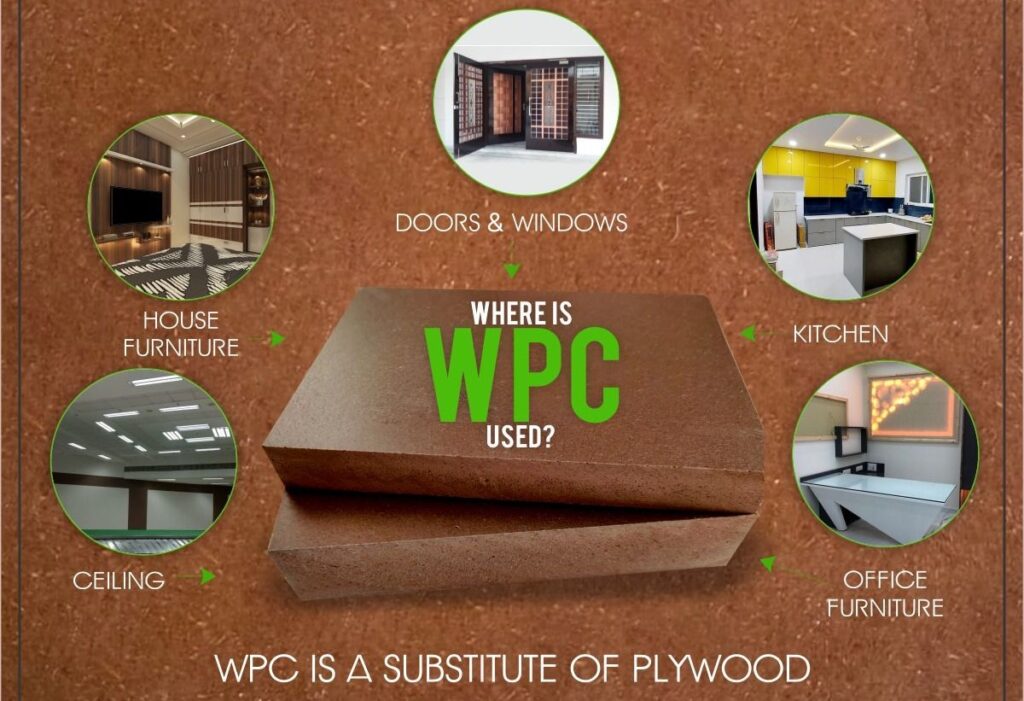
Advantages of Wood Plastic Composite Boards
-
Durability: One of the major advantages of WPC boards is their exceptional durability. They are resistant to moisture, rot, and decay, making them suitable for environments where traditional wood products would typically fail.
-
Low Maintenance: Unlike natural wood, WPC boards require minimal maintenance. They do not require frequent staining, painting, or sealing to maintain their appearance. Regular cleaning is usually sufficient to keep them looking new.
-
Versatility: WPC boards offer incredible versatility in terms of design possibilities. They can be easily molded into various shapes and sizes, allowing for creative and unique interior crafting projects. This flexibility makes them an ideal choice for custom furniture and other decorative elements.
-
Eco-Friendly: WPC boards are considered a more sustainable alternative to traditional wood products. They are often made from recycled materials, reducing the demand for virgin wood. Additionally, the manufacturing process of WPC boards produces fewer greenhouse gas emissions compared to other building materials.
-
Resistance to Pests: Termites, ants, and other wood-boring insects can wreak havoc on traditional wood products. However, WPC boards are highly resistant to pests, providing long-lasting protection against damage caused by insects.
-
Dimensional Stability: Wood tends to expand and contract with changes in temperature and humidity, leading to warping and cracking. WPC boards, on the other hand, exhibit excellent dimensional stability, maintaining their shape and appearance even in extreme conditions.
-
Wide Range of Colors and Finishes: WPC boards are available in a wide array of colors, finishes, and patterns. This allows interior designers and craftsmen to choose from various options and create visually appealing spaces tailored to their clients’ preferences.
-
Cost-effective: While the initial cost of WPC boards may be higher than traditional wood products, their long-term cost-effectiveness cannot be overlooked. Due to their durability and low maintenance requirements, WPC boards can save significant costs on repairs and replacements over time.
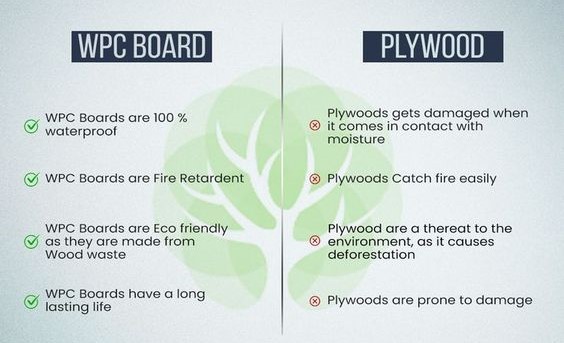
Disadvantages of Wood Plastic Composite Boards
-
Limited Natural Appearance: Despite their attempts to mimic the look of natural wood, WPC boards often lack the authenticity and warmth of real wood. The uniform texture and artificial appearance may not appeal to those seeking a more traditional aesthetic.
-
Heat Retention: WPC boards tend to retain heat more than natural wood, which can be a disadvantage in hot climates. This heat retention can make the surface uncomfortable to touch and may require additional cooling measures.
-
Susceptible to Fading: While WPC boards are generally resistant to fading, prolonged exposure to sunlight can still cause some color fading. This can be a concern in areas with intense sunlight, as the boards may require periodic refinishing to maintain their original appearance.
-
Limited Structural Strength: Compared to solid wood, WPC boards have lower structural strength. They may not be suitable for applications where high load-bearing capacity is required, such as heavy furniture or flooring in commercial settings.
-
Environmental Impact: Although WPC boards are often made from recycled materials, they still contain a certain percentage of plastic, which is not biodegradable. This can be a concern for individuals aiming for a completely eco-friendly interior crafting project.
-
Susceptibility to Scratches: WPC boards are prone to scratches and dents, especially in high-traffic areas. While this can be mitigated by proper care and maintenance, it is still worth considering, particularly in busy households or commercial spaces.
-
Limited Availability: Depending on the region, the availability of WPC boards may be limited compared to traditional wood products. This can make sourcing and purchasing them more challenging for craftsmen and interior designers.
-
Installation Challenges: Installing WPC boards requires specialized tools and techniques due to their unique composition. Improper installation can compromise the durability and functionality of the boards, emphasizing the importance of professional installation.
Applications of Wood Plastic Composite Boards in Interior Crafting
WPC boards find extensive applications in various interior crafting projects. They are commonly used in flooring, where their durability and moisture resistance make them an excellent choice for areas prone to water exposure, such as bathrooms and kitchens. Additionally, WPC boards are increasingly being used for furniture manufacturing, where their versatility and low maintenance requirements are highly valued. Another popular application is wall paneling, where WPC boards offer an attractive and durable alternative to traditional wood paneling. These boards are also utilized in the creation of doors, window frames, and decorative elements, showcasing their versatility in interior crafting.
Environmental Impact of Wood Plastic Composite Boards
While WPC boards have several eco-friendly features, it is essential to consider their overall environmental impact. The use of recycled materials in their production process reduces the demand for virgin wood, leading to less deforestation. Additionally, the manufacturing process of WPC boards generates fewer greenhouse gas emissions compared to other building materials. However, the presence of non-biodegradable plastic in WPC boards does raise concerns. Responsible disposal and recycling of WPC boards at the end of their lifecycle are crucial to minimize their impact on the environment.
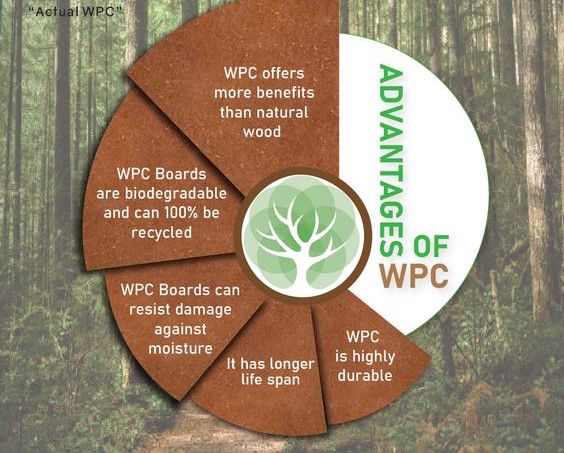
Wood plastic composite (WPC) boards have undoubtedly revolutionized the world of interior crafting with their unique blend of durability and low maintenance. While they offer numerous advantages such as exceptional durability, low maintenance requirements, and eco-friendliness, it is vital to be aware of their disadvantages, including limited natural appearance and susceptibility to scratches. Despite some drawbacks, WPC boards find extensive applications in various interior crafting projects, ranging from flooring and furniture to wall paneling. Understanding the environmental impact of WPC boards allows craftsmen and interior designers to make informed decisions and contribute to sustainable practices. By carefully considering the pros and cons, one can leverage the benefits of WPC boards while minimizing their limitations, thus achieving stunning interior spaces that balance style, functionality, and environmental responsibility.
All images are from www.floresta.in, one of the leading WPC manufacturers in India (Not a Promotion)

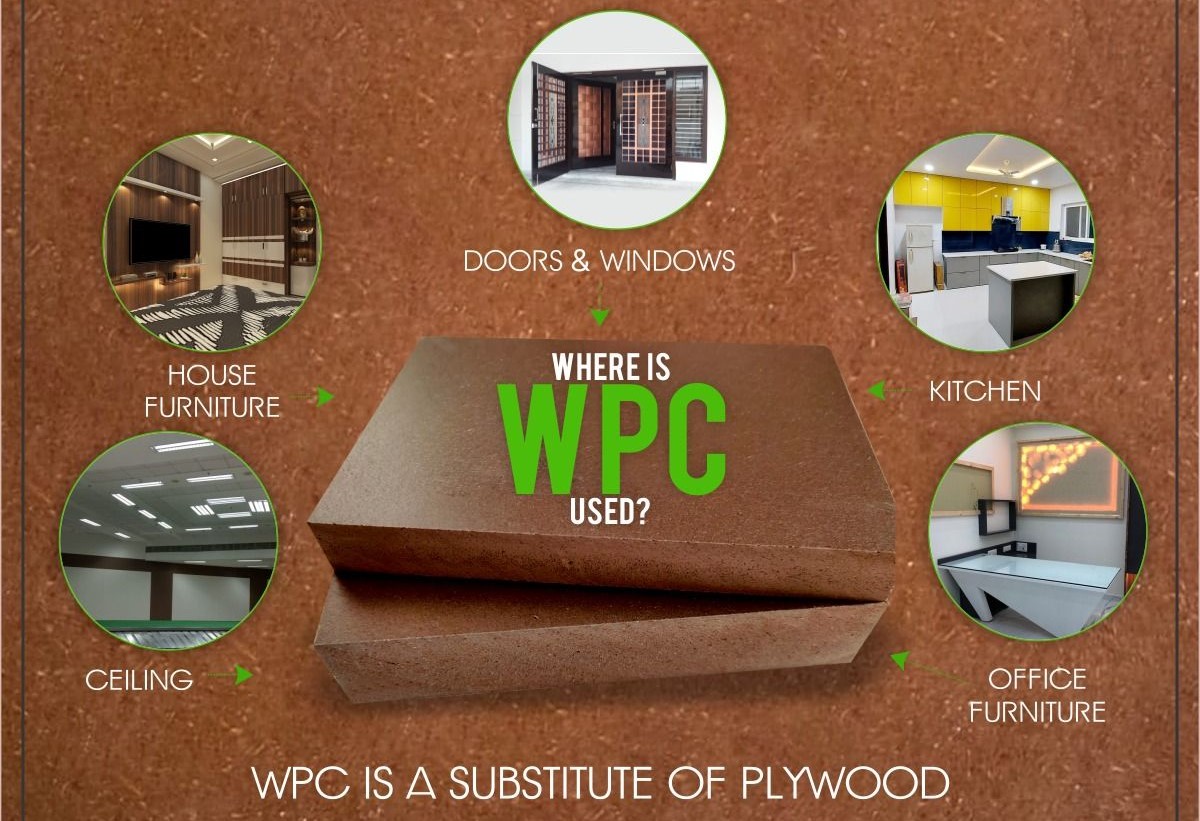
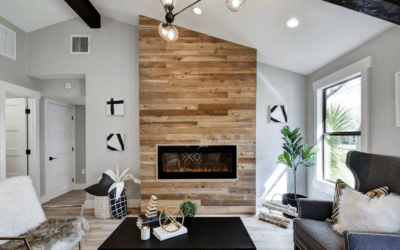

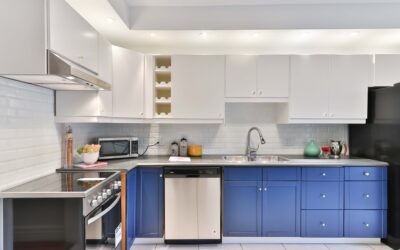
0 Comments